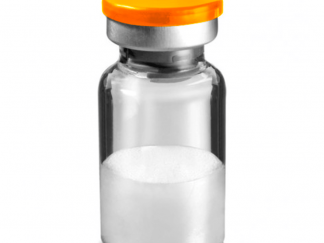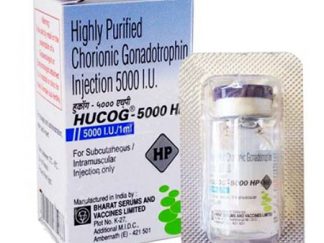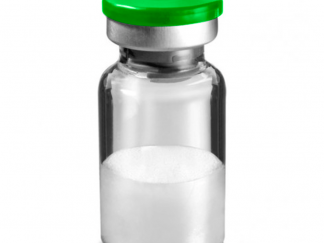Description
USA DOMESTIC
Estimated delivery 2 weeks
Products are shipping without brand labels for security reasons.
International Delivery
Estimated delivery 3 weeks
Retatrutide Helps Patients Achieve 17.5% Weight Reduction at 24 Weeks
RECOMMENDED Retatrutide DOSAGE:
The initial dose escalation schedule starts at a low dose and increases incrementally over a period of 48 weeks. The maintenance dose is then established from week 48 onwards.
Presuming 5MG bottles of raw Retatrutide mixed with 2ML of bacteriostatic water and using a standard standard U-100 insulin syringe, an entire course of Retatrutide can be completed with 39 bottles of the peptide.
To calculate the dosage schedule for Retatrutide using a 5 mg vial reconstituted with 2 mL of bacteriostatic water, we first need to establish the concentration of the solution. Then we can determine the weekly dosage based on the phase 2 study data and calculate the number of vials required.
1. Concentration Calculation:
– 5 mg of Retatrutide is reconstituted in 2 mL of water, resulting in a concentration of 2.5 mg/mL.
– Convert this to mcg/mL: 2.5 mg/mL = 2500 mcg/mL.
2. Weekly Dosage in mcg (for a 4 mg Dose):
– Convert 4 mg to mcg: 4 mg = 4000 mcg.
3. Volume Calculation for 4000 mcg:
– Volume in mL for a 4000 mcg dose: \( \frac{4000 \text{ mcg}}{2500 \text{ mcg/mL}} = 1.6 \text{ mL} \).
4. Syringe Measurement:
– If using a 0.5 mL syringe marked in 50 units, where 1 unit equals 0.01 mL (since 0.5 mL = 50 units),
– For 1.6 mL: \( 1.6 \text{ mL} \times 100 \text{ units/mL} = 160 \text{ units} \).
Therefore, for a weekly dose of 4 mg of Retatrutide, you would draw up 160 units on a 0.5 mL, 50-unit insulin syringe. This calculation assumes that you are administering the entire dose in one injection. If the syringe’s maximum capacity is less than the required volume, the dose may need to be split into multiple injections.




